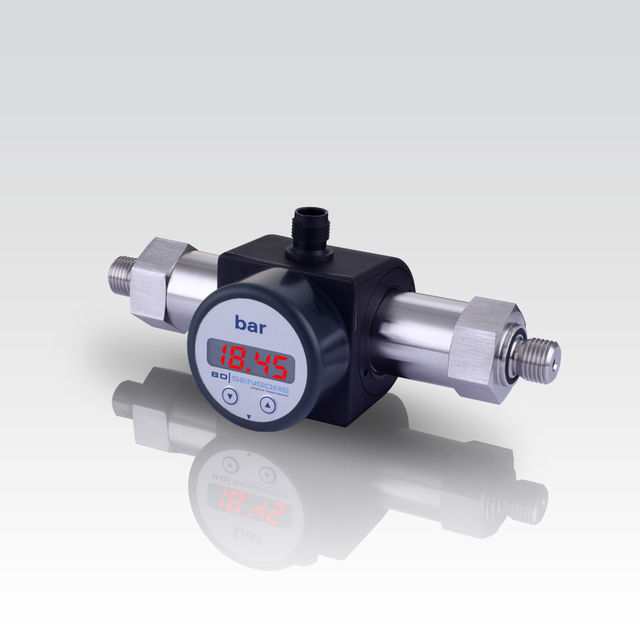Preparing Your Roof for a DMD Sensor Installation

The DMD sensor is a micro-optical-electrical-mechanical system (MOEMS) that allows for resolvable spatial light modulation. It works by changing the orientation of a large number of micromirrors.
The individual square micromirrors can tilt toward or away from a light source in nanoseconds. This makes it possible to achieve high-resolution moving pictures.
Preparing Your Roof for the Installation
There are many components to consider in planning a successful dmd sensor installation. One of the best ways to get the job done is to ensure your company has a well-organized and documented procedure for implementing the technology into your operation. The most critical component in this regard is a clear understanding of the technical aspects of the DMD technology, the associated safety and security procedures, and the expected life of the equipment in a given installation. Understanding the relevant risks can go a long way toward reducing downtime and costly repair. Moreover, the best way to protect the equipment is to keep it locked in a secure area and good condition.
Getting Ready for the Installation
DMD chips have hundreds of thousands of microscopic mirrors arranged in an array corresponding to the image pixel. Depending on the control signal, each mirror can be switched to an on or off state (tilt +-10-12deg).
The switch time can be as fast as microseconds, making DMD ideal for projectors producing moving pictures. The mirrors can be positioned to provide two stable states (+12deg and -12deg) based on each pixel’s geometric and electrostatic properties.
During each data sampling cycle, a computer generates a measurement matrix, which is sent to the DMD to be presented by turning each mirror “On” or “Off.” The CNT detector and readout device will then measure the photon current and transform it into digital data sent to the DAQ card for processing.
A shorter adequate display time can be achieved by loading a subset of blocks during the mirror settle time of another subset of blocks in a cascading fashion down the surface of the DMD. This operation is similar to how a focal plane shutter works in a modern SLR camera to achieve high shutter speeds.
Preparing Your Home for the Installation
Digital micromirror devices (DMDs) have been slowly making their way into biomedical instruments. These tweezer-like arrays can realize an impressive number of optical feats, including high-speed spatial light modulation and orientation tracking.
Typically, these arrays are made up of micromirrors incorporated into a single chip to form a display with a resolution of at least a few thousand pixels. They are mounted on an electronic driver consisting of an integrated signal processor and a formatter that outputs signals correctly to create images on a video screen.
Many components go into a DMD, but particularly noteworthy is the reflective mirrors’ microstructure. The microstructure is the brainchild of several sequences of deposition and etching processes, all on silicon wafers fabricated in an automated and highly repeatable manner. The microstructure can be viewed with the aid of a microscope or SEM.
Preparing for the Installation
The microstructure of the mirrors on a DMD is built up by several sequences of deposition and etching on the surface of a typical silicon wafer. This structure is not designed to tilt but to stay landed in one direction. To accomplish this, the post holding the mirror is attached to a yoke and connected to the torsion hinge. The collar rotates with the torsion hinge, which is not a mirror, allowing for a smooth transition between tilts.
The DMD can be designed to display an image in a short period. This is accomplished by loading a subset of blocks during the mirror settle time of another subset of blocks. In a cascading fashion, this process sweeps down the DMD surface until the entire image has been displayed. This operation is similar to the way a focal plane shutter works in a modern SLR camera to achieve high shutter speeds.
